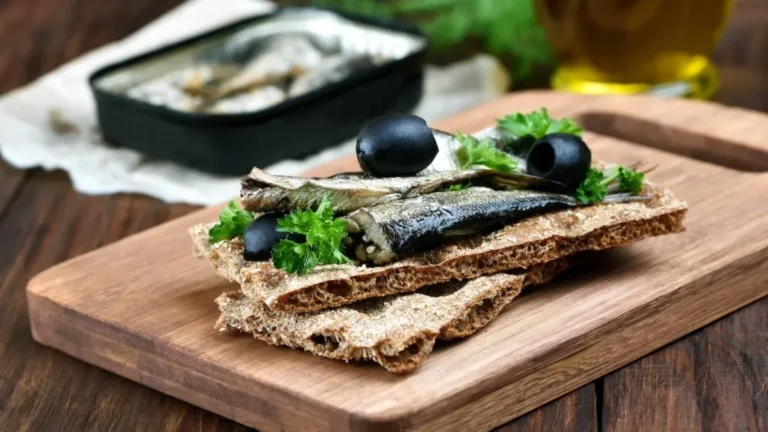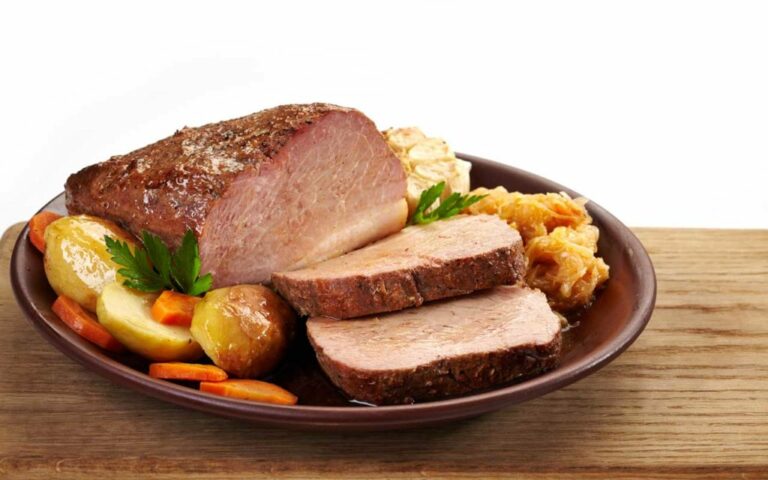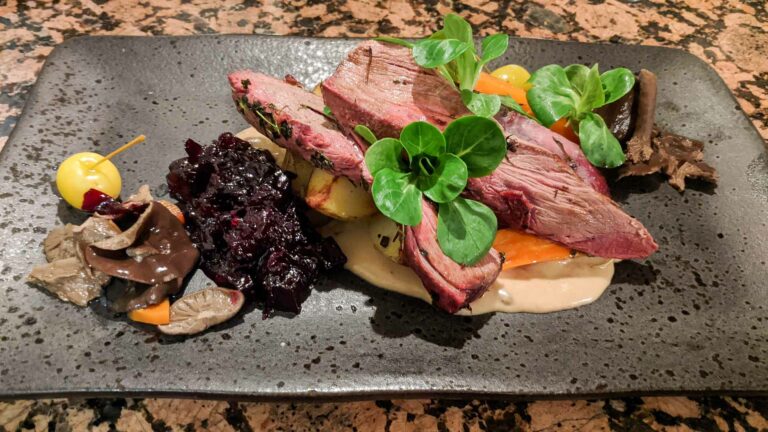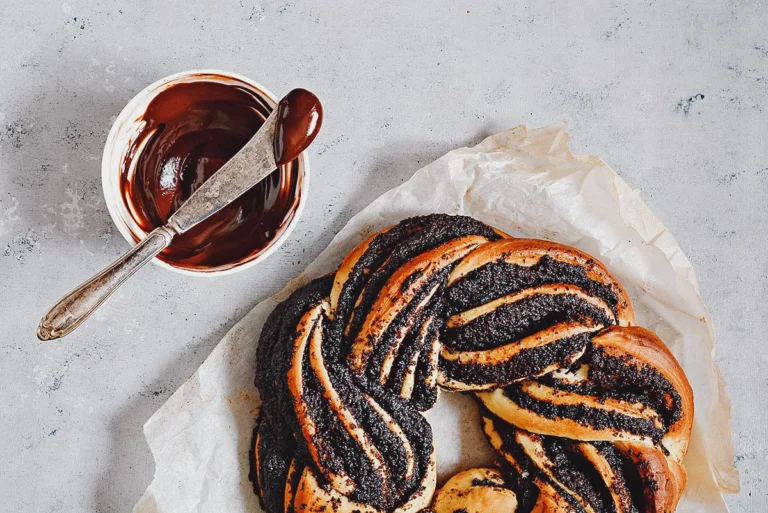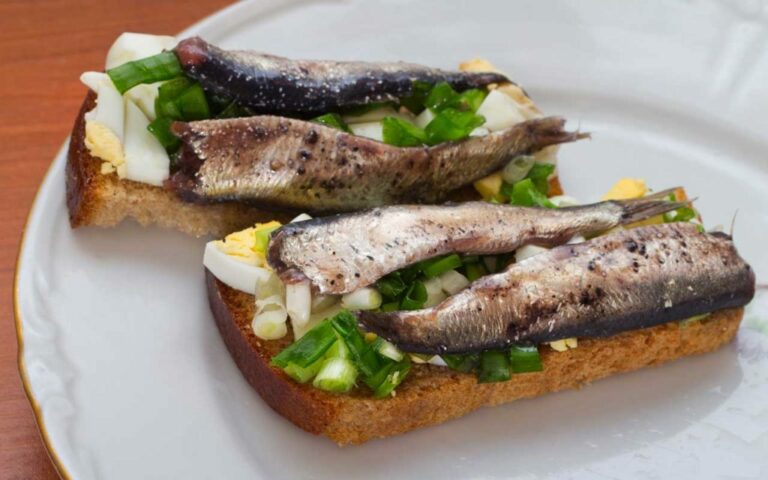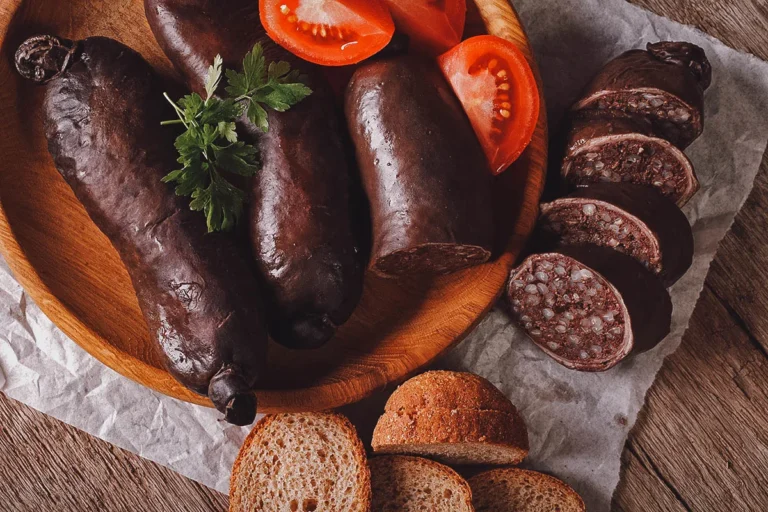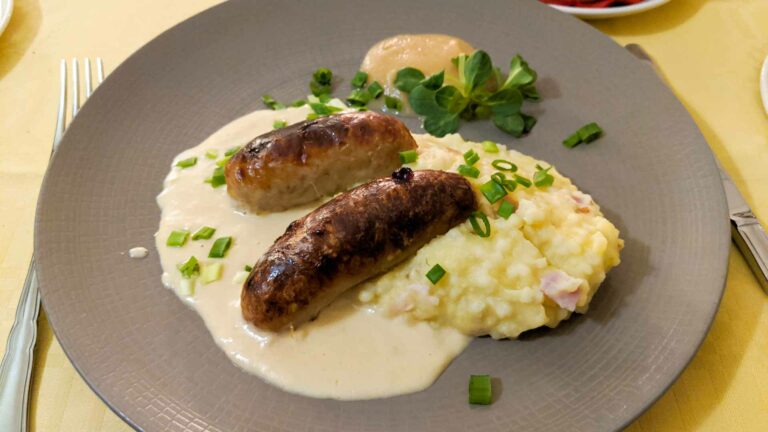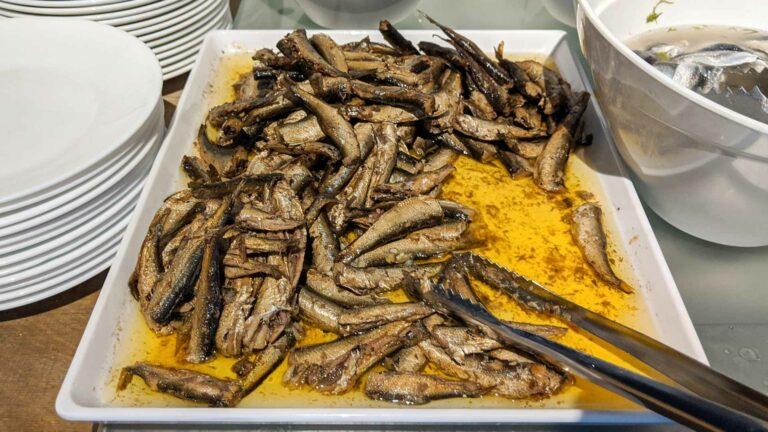Introduction: Estonian Cuisine
Estonia, situated on the Baltic Sea, is a small country with a rich culinary heritage. Estonian cuisine is heavily influenced by its northern European neighbors, Russia, and the Baltic states. Nonetheless, it has developed its distinct identity that reflects the country’s cultural diversity and the changing seasons. Estonian cuisine is known for its simplicity and natural flavors, with an emphasis on locally sourced ingredients such as fish, meat, berries, and vegetables.
The Role of Spices in Estonian Cuisine
Spices play an essential role in Estonian cuisine, adding depth, aroma, and flavor to dishes. While Estonian cuisine is not typically described as spicy, it does incorporate a variety of herbs and spices into traditional dishes. Historically, Estonia was a trading post on the Silk Road, which facilitated the exchange of spices between East and West. Today, Estonian cuisine reflects this history, with a range of spices used in everyday cooking.
Traditional Estonian Dishes and Spices Used
Estonian cuisine features many traditional dishes that use a variety of herbs and spices. One popular dish is black bread, which is seasoned with caraway seeds, fennel, and coriander. Another staple meal is potato salad, which includes onions, pickles, and mustard seeds. Estonian cuisine also features fish dishes such as smoked eel, which is seasoned with black pepper, juniper berries, and allspice. Other spices commonly used in Estonian cuisine include dill, thyme, bay leaves, and garlic.
The Heat Factor: How Spicy is Estonian Cuisine?
While Estonian cuisine uses spices, it is not typically described as spicy. The heat level is generally mild, with a focus on enhancing the natural flavors of the ingredients. Nonetheless, Estonian cuisine does feature some dishes that are hotter than others, such as mustard sauce and horseradish, which are often used as condiments.
Comparing Estonian Cuisine to Other Cuisines
Compared to other cuisines, Estonian cuisine is not particularly spicy. In contrast, Mexican and Indian cuisines are known for their bold and spicy flavors. Nonetheless, Estonian cuisine shares similarities with Scandinavian cuisine, which also emphasizes simple and natural flavors. In terms of spice usage, Estonian cuisine falls somewhere in between Scandinavian and Eastern European cuisine.
Regional Differences in Estonia’s Spice Usage
There are regional differences in spice usage across Estonia. Coastal regions tend to use more dill and other herbs to flavor fish dishes, whereas inland regions rely more on caraway seeds and black pepper to season meat dishes. The island of Saaremaa, in particular, is known for its use of juniper berries, which are used to season meat and fish.
Combining Sweet and Spicy in Estonian Cuisine
Estonian cuisine also features dishes that combine sweet and spicy flavors. For example, lingonberry jam is often served with meat dishes to balance the savory flavors with sweetness. Similarly, gingerbread cookies, a traditional dessert, are seasoned with cinnamon, ginger, and cloves to create a sweet and spicy flavor.
Final Thoughts: Exploring Estonian Cuisine’s Spice Palette
Estonian cuisine may not be the spiciest cuisine in the world, but it certainly incorporates a range of herbs and spices into traditional dishes. From caraway seeds to dill and juniper berries, Estonian cuisine has a unique spice palette that reflects its cultural and historical influences. Whether you’re a fan of spicy food or not, exploring Estonian cuisine’s spice palette is sure to be a flavorful and exciting culinary experience.

